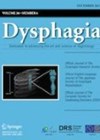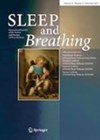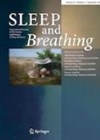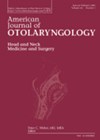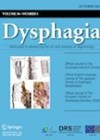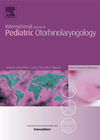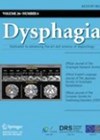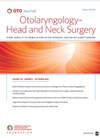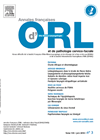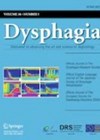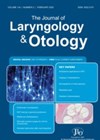
Journal Reviews
Predicting the nature of swallowing deficits caused by surgical resection of the tongue?
Patients treated surgically for cancer of the tongue are expected to have difficulty in eating, drinking and swallowing. The authors of this paper report on a cohort of 106 patients in their practice who had surgical resection as primary treatment....
Long-term effectiveness of sleep surgery for obstructive sleep apnoea
n this study, 39 patients from Turkey with obstructive sleep apnoea (of varying severity) underwent an expansion sphincter pharyngoplasty. This operation was devised by Prof Kenny Pang in Singapore and involves using the palatopharyngeus muscle and partly relocating it laterally...
Can surgery make you a better driver?
Obstructive sleep apnoea is a condition that can have far reaching health, economic and safety implications for the individual inflicted with the condition, as well as those in their immediate and wider surroundings. Having the freedom to drive taken away...
Laryngeal disorders associated with HIV infection
Following the introduction, and now widespread availability, of combined antiretroviral therapy, HIV has become a chronic disease with minimal or indeed no negative impact on life expectancy. As a result, there is a growing public health interest in establishing the...
How common are swallowing problems in a general adult population?
This paper reports on the largest cross-continent study to date, looking at the prevalence of swallowing problems reported by adults in the community aged 18-65 years old. The authors used the Eating Assessment Tool (EAT-10) distributed via an online survey...
Further understanding of GJB2 hearing loss
For many years, hearing loss has been an area which has attracted the interest of clinical and academic geneticists. Genetic testing for severe-profound hearing loss is now commonplace in many healthcare systems. Understanding the genetics of hearing loss has improved...
A new era in the treatment of recalcitrant nasal polyps?
Chronic rhinosinusitis with nasal polyps (CRSwNP) can be difficult to treat effectively in patients with aggressive or recalcitrant disease. Omalizumab (Xolair) is a monoclonal anti-IgE antibody with proven benefits for patients with moderate/severe asthma and CRSwNP, but this study looks...
Oesophageal atresia and trachea-oesophageal fistula: a perspective on dysphagia management from Turkey
Children born with oesophageal atresia with or without trachea-oesophageal fistula usually receive early surgical repair to create tension-free anastomosis that facilitates oral feeding. However, many children are at risk of problems related to subsequent dysphagia. This includes respiratory, nutritional, motility...
A therapeutic algorithm for tracheoesophageal periprosthetic leakage
Tracheoesophageal voice prosthesis leakage can be intravalvular (more common) or periprosthetic (focus of this study). The authors studied the causes of periprosthetic leakage among 115 patients attending for voice prosthesis management (1374 clinic attendances) treated between December 2014 to December...
Age and vocal cord carcinoma
As the population ages, the management of vocal fold carcinomas should be evaluated. In this retrospective study on 33 patients aged 75 and more, the authors compared the results of radiotherapy and endoscopic treatment for T1 and T2 glottic carcinoma....
Benign oesophageal strictures: overview and management strategies
Benign oesophageal strictures may have several attributable causes including caustic injuries, long-term acid reflux, eosinophilic oesophagitis, anastomotic strictures and endoscopic therapy. Endoscopic dilation via bougies or balloon dilators may treat most strictures successfully and satisfactorily. However, in some situations treatment...
Is there evidence to support early discharge of patients with tonsillitis, quinsy and epistaxis?
The COVID-19 pandemic, with its unprecedented pressures on the NHS, demands changes in the management of common ENT emergencies. In this review article, information has been gleaned from 22 relevant articles on how this can be done. The Portsmouth tonsillitis...

